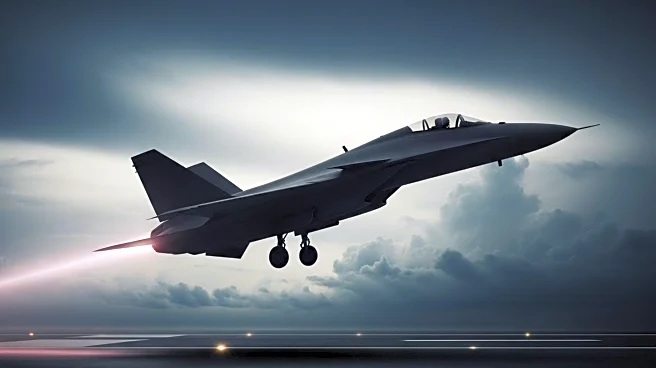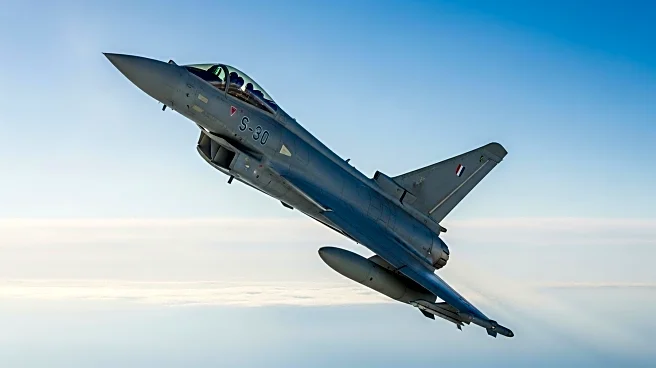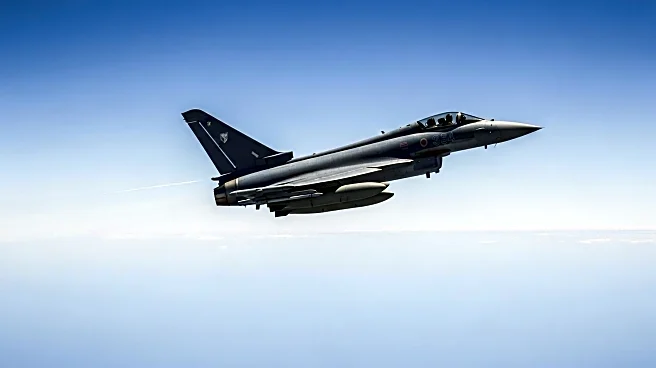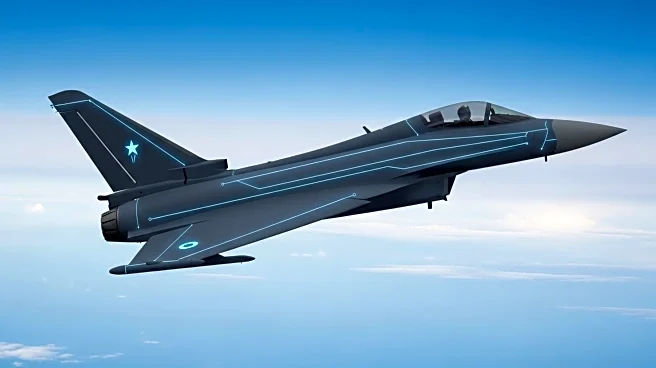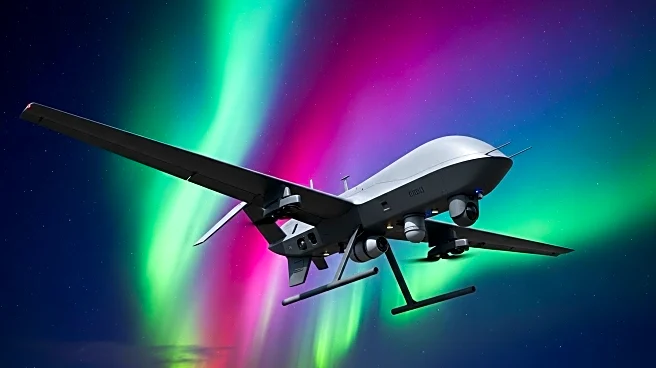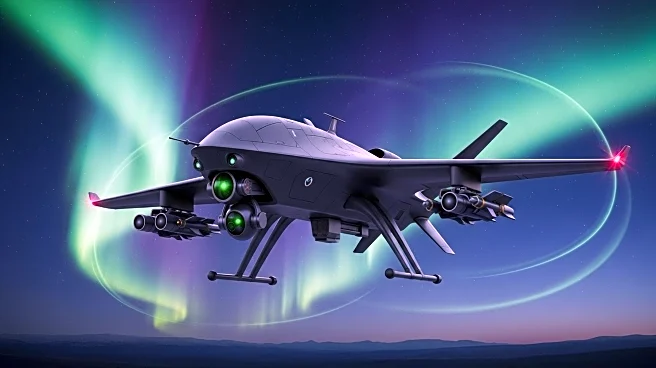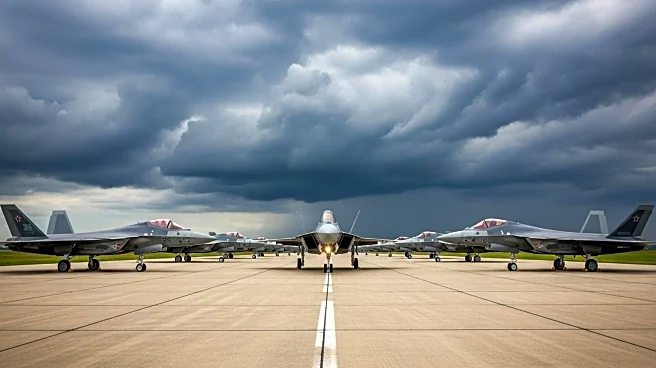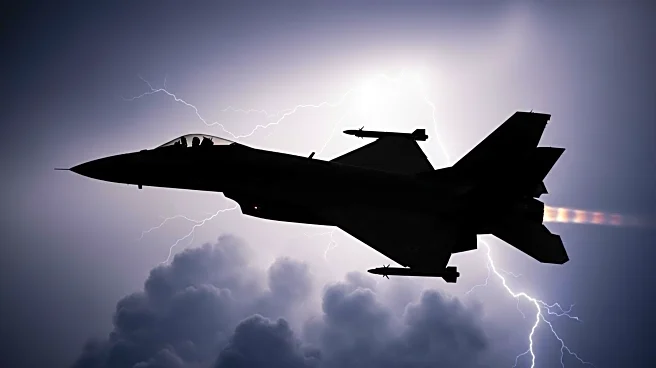What's Happening?
Rheinmetall has announced a significant expansion in its production of loitering munitions, following the completion of a modern production facility. This expansion includes the assembly, testing, and integration of various munitions at its Italian subsidiary RWM Italia's sites in Musei and Domusnovas, Sardinia. The company has increased production from low double digits to several hundred units per month, with the capability to further increase output depending on the type of munition. The current product range includes Hero 30, Hero 120, and Hero 400 models, designed for various military applications. The order backlog for these munitions exceeds EUR200 million, with deliveries planned for eight NATO and non-NATO countries in Europe.
Why It's Important?
The expansion of Rheinmetall's loitering munition production reflects growing demand for advanced military technology in Europe. This development is significant for the defense industry, as it highlights the increasing reliance on precision strike capabilities. The production increase may bolster Rheinmetall's position in the global arms market, potentially influencing defense strategies and procurement decisions across Europe. Countries receiving these munitions could enhance their military capabilities, impacting regional security dynamics and defense collaborations.
What's Next?
Rheinmetall plans to further increase production at existing sites or establish new ones to meet demand. The company’s strategic partnership with UVision Air Ltd. may lead to additional innovations in loitering munitions. As deliveries commence, recipient countries may adjust their military strategies to incorporate these advanced munitions, potentially affecting regional defense postures and alliances.
Beyond the Headlines
The expansion of loitering munition production raises ethical considerations regarding the proliferation of advanced military technology. As more countries acquire these capabilities, there may be increased scrutiny on their use in conflict zones and the potential for civilian casualties. The development also underscores the growing importance of unmanned systems in modern warfare, which could lead to shifts in military training and operational doctrines.


